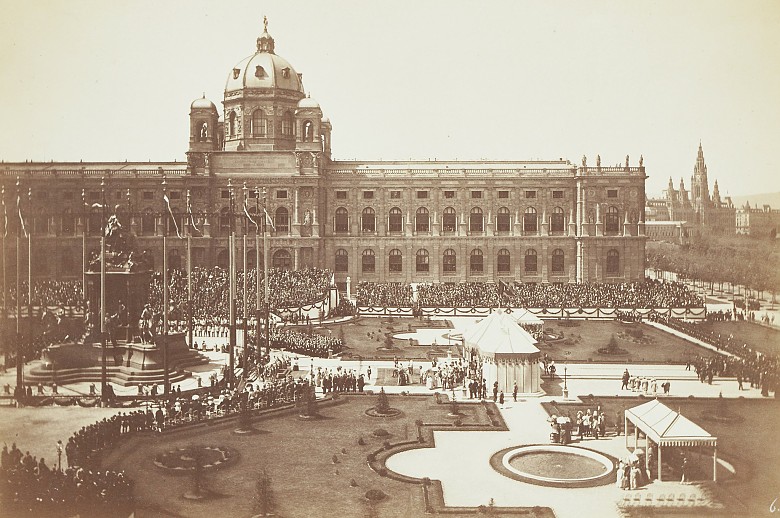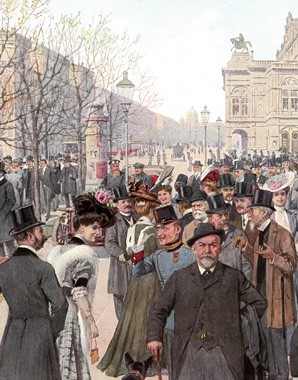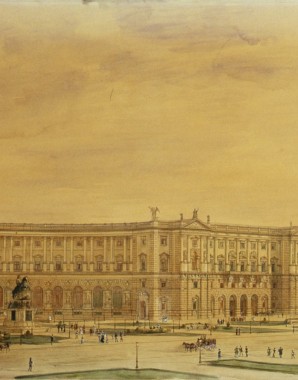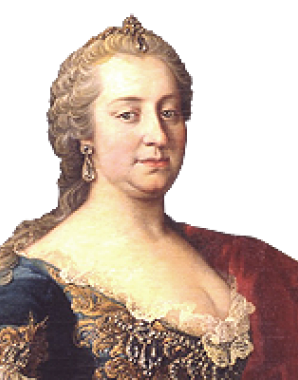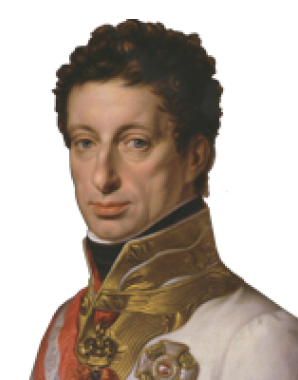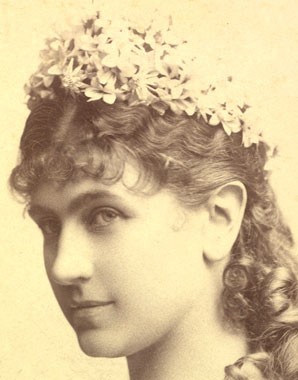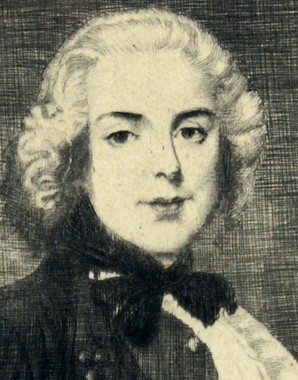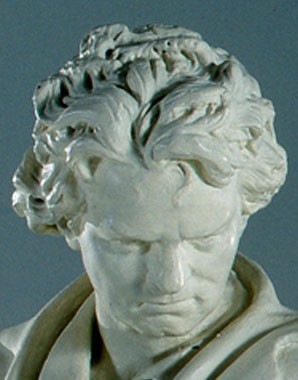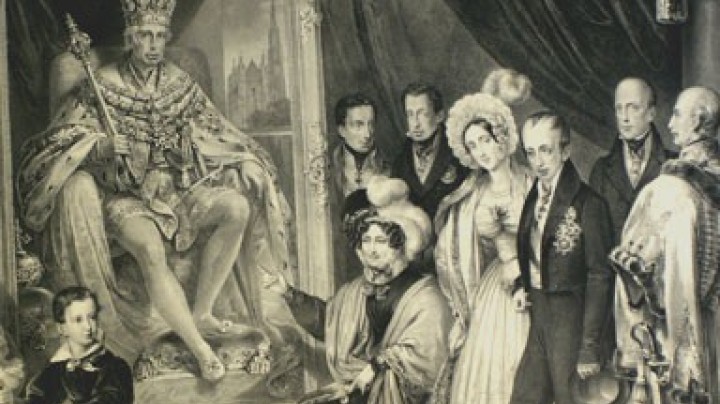Habsburg heroes, heroines and sons of the Muses – monuments on the Ringstrasse
One woman and many men: Habsburg idols found their place on Vienna’s Ringstrasse alongside those of the bourgeoisie.
Like the buildings that line the Ringstrasse, its monuments are also informed by the notion of the historical Gesamtkunstwerk (total work of art), and also reveal the dualism between the ruling dynasty and the wealthy middle classes. Monuments such as that to Maria Theresa and successful generals such as Archduke Karl and Prince Eugene on Heldenplatz were intended to reinforce and enshrine the mythic status of the Habsburgs as the ruling dynasty. By contrast, the middle classes immortalized themselves in statues of writers and musicians.
In the open area between the two court museums which was also intended to be part of the ‘Imperial Forum’ a monument to Maria Theresa by Caspar von Zumbusch was erected to honour her importance as monarch. It was the largest of the Ringstrasse monuments, and at 800,000 gulden, around eight times the cost of a conventional statue, also the most expensive. It was paid for out of the Wiener Stadterweiterungsfonds (Vienna City Expansion Fund). While most of the men commemorated were depicted as single figures in heroic poses, Maria Theresa sits elevated on a throne, but is not alone, being surrounded by her advisors, an element lacking in the monuments of her male counterparts. Her monument resembles rather a glorification of an entire epoch: at her feet are clustered 24 men, the ‘props of the throne’, personalities from the fields of foreign and domestic politics, the Army, administration, art and science.
Another monument in the series of martial heroes of Habsburg history was that commemorating Field Marshal Schwarzenberg dating from 1867, executed by Ernst Hähnel for the square named after the prince.
These representations of imperial claims to power contrast with the ‘heroes’ of ‘German culture’ and ‘patriotic’ art commemorated by the liberal middle classes, such as Johann Wolfgang von Goethe (1900, by Edmund Hellmer), Friedrich Schiller (1876, by Johann Schilling), Franz Schubert (1872, by Karl Kundmann), Ludwig van Beethoven (1880, by Caspar von Zumbusch) and Mozart (1896, by Viktor Tilgner).
